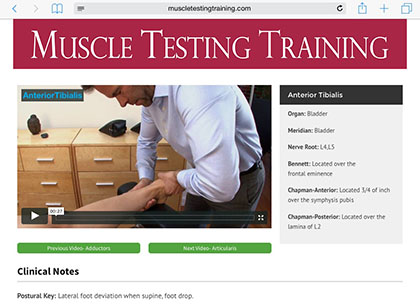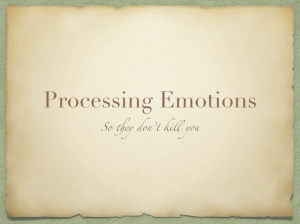PTSD
Do you or someone you know suffer from continuous anxiety about a traumatic event that happened in the past? Is this interfering with their life? Their relationships? Their wellbeing? This is Post traumatic stress disorder or “P.T.S.D.”.
PTSD develops after an emotionally terrifying situation happens in conjunction with continuous secretions of certain stress hormones that cement a “flight or fight” reaction into the nervous system. For many people this condition can severely derail their lives.
A result of imbalance in the body
Our autonomic nervous system has two modes, Sympathetic (fight or flight) and Parasympathetic (rest and digest). Your sympathetic nervous system is designed to be ready for us to use in a life or death situation. This causes a high heart rate, heightened mental awareness, and blood flow out of the internal organs to the muscles. Your parasympathetic nervous system is designed to be used while we are going about our normal day. It helps with digestion, healing, immune system function, metabolism, hormonal control, etc.
It is normal to have a fear of something bad that happened in your past. This is conditioning and is designed to help, it can be good and bad. It is all designed to help you learn. But sometimes these events leave you in a constant state of anxiety. You may get stuck in a loop and keep reliving the event. When this happens, your nervous system thinks that the trauma is still happening!
The Mayo Clinic says that PTSD happens to more than 3 million Americans a year. And they also say it is incurable. But this information is wrong, there is help.
You are not broken
In Dr. Steven Zodkoy’s book, Misdiagnosed: The Adrenal Fatigue Link, there is reference to a program that was done on US Marines with burnout and PTSD. During the 90 day study, 90 percent of Marines showed improvement. Physical and emotional complaints dropped by 40-50 percent in 90 days.
Dr. Zodkoy looked to the basic physiology that many Applied Kinesiology doctors work with in stress syndromes, the adrenal cortex physiology. This is where the glucocorticoid “cortisol” is made. With new discoveries, we now know that a short burst of the hormone cortisol has been shown to create a useful memory. Continuous exposure to cortisol in stressful situations will cause negative memories to be trapped in awareness. There is also evidence of these trapped, negative memories overshadow good memories. This causes the mind to only focus on the negative, trapped memory. When a person is under continuous stress, the high output of cortisol in combination with a stressful event may cause PTSD. To recap: This causes a hell of reliving painful past experiences while awareness of positive, good memories are blocked out.
Adrenal fatigue is the key
Applied kinesiologists have been helping patients with adrenal fatigue for decades already. Dr. Zodkoy has shown how well it works with the Marines and he wasn’t even seeing them in person. He only worked with them at a distance by using health history questionnaires and lab analysis. With this basic approach he had a 90 percent success rate in helping the Marines.
Regular people get PTSD too
Not just soldiers get Post traumatic stress disorder. Every day people suffer from this. It can be from a car accident, the loss of a loved one, divorce, financial failure, domestic violence, assault, abuse, robbery, rape, and many other stressful situations. The mind then focuses on the negative experience and locks it in so that the person can’t experience the good memories of their life anymore. This can all be helped.
By using Applied Kinesiology muscle testing in combination with a good health history, 24 hour saliva cortisol testing, and a method for releasing emotions called Neuro Emotional Technique, PTSD sufferers can be helped. A person’s body can be brought back into balance and normal function in restored and maintained, PTSD sufferers can recover. It has now been proven.



